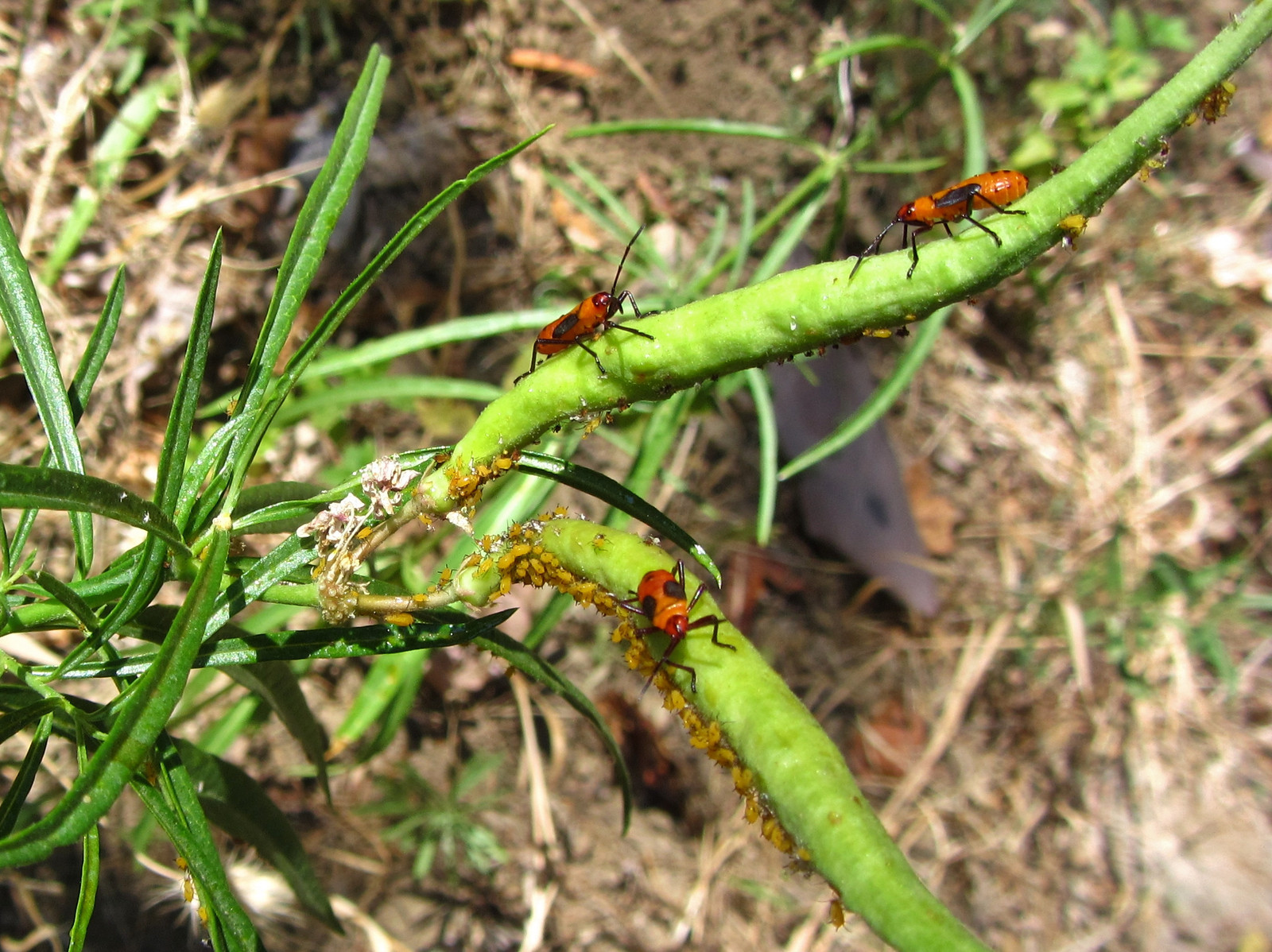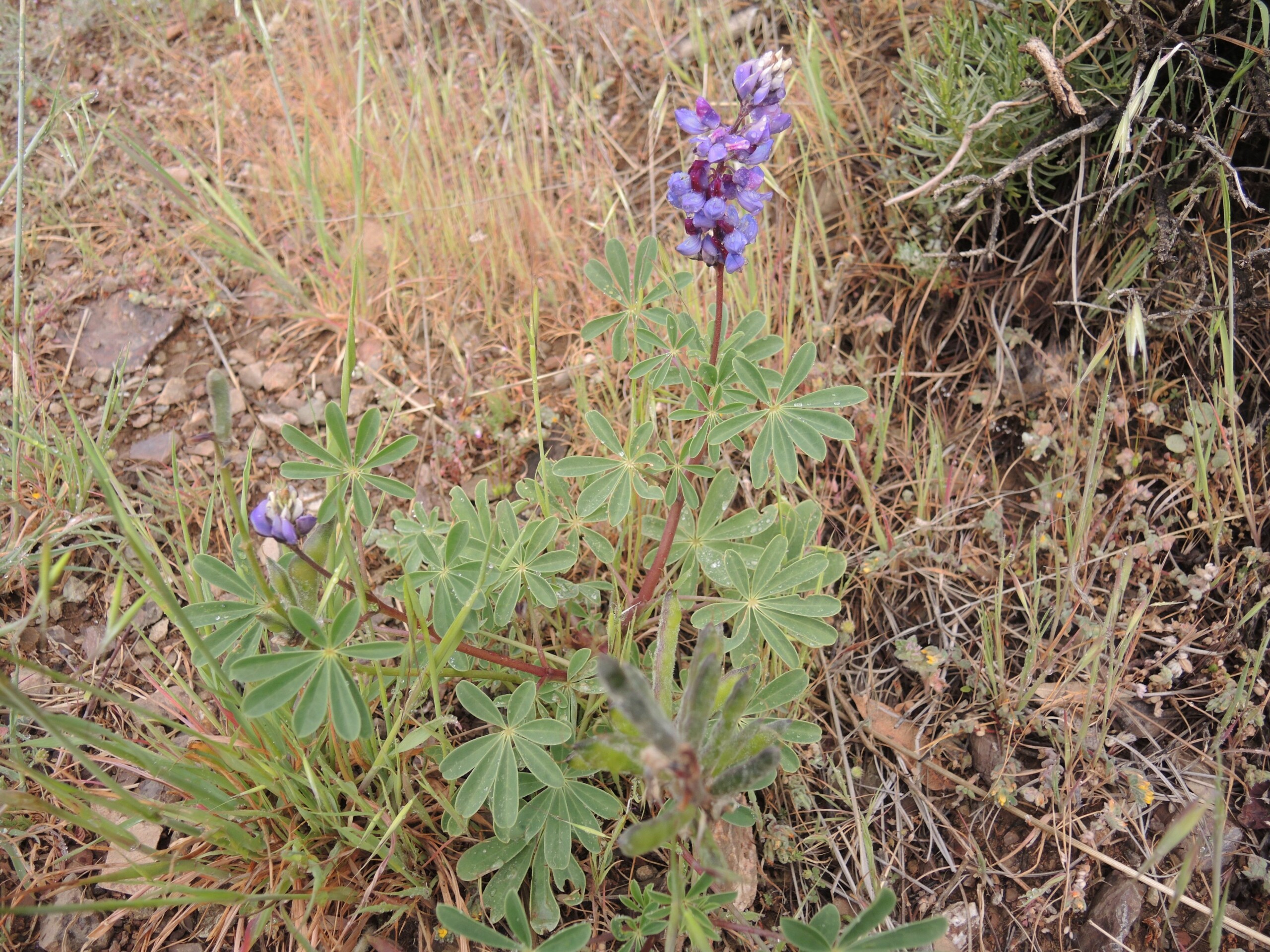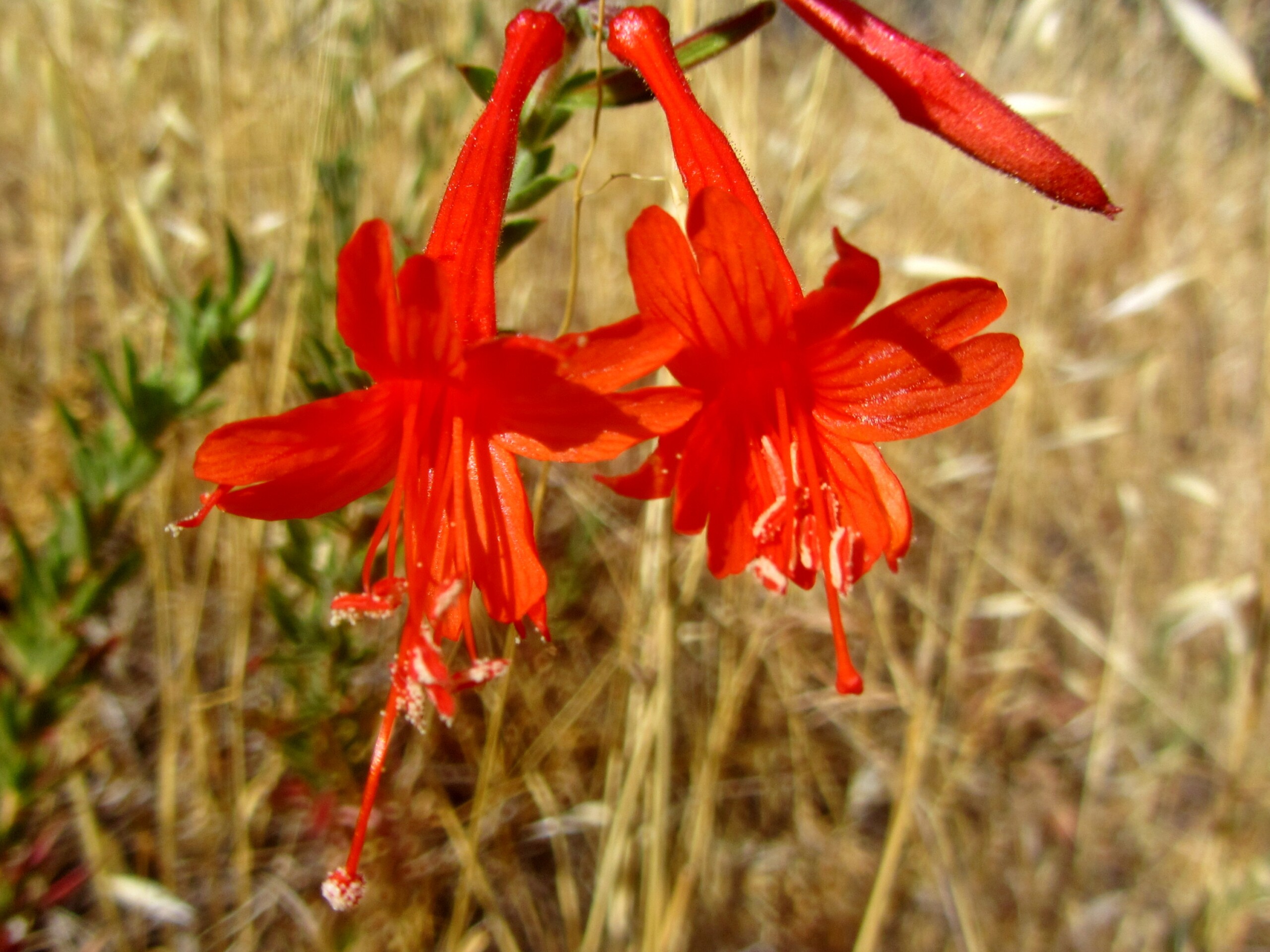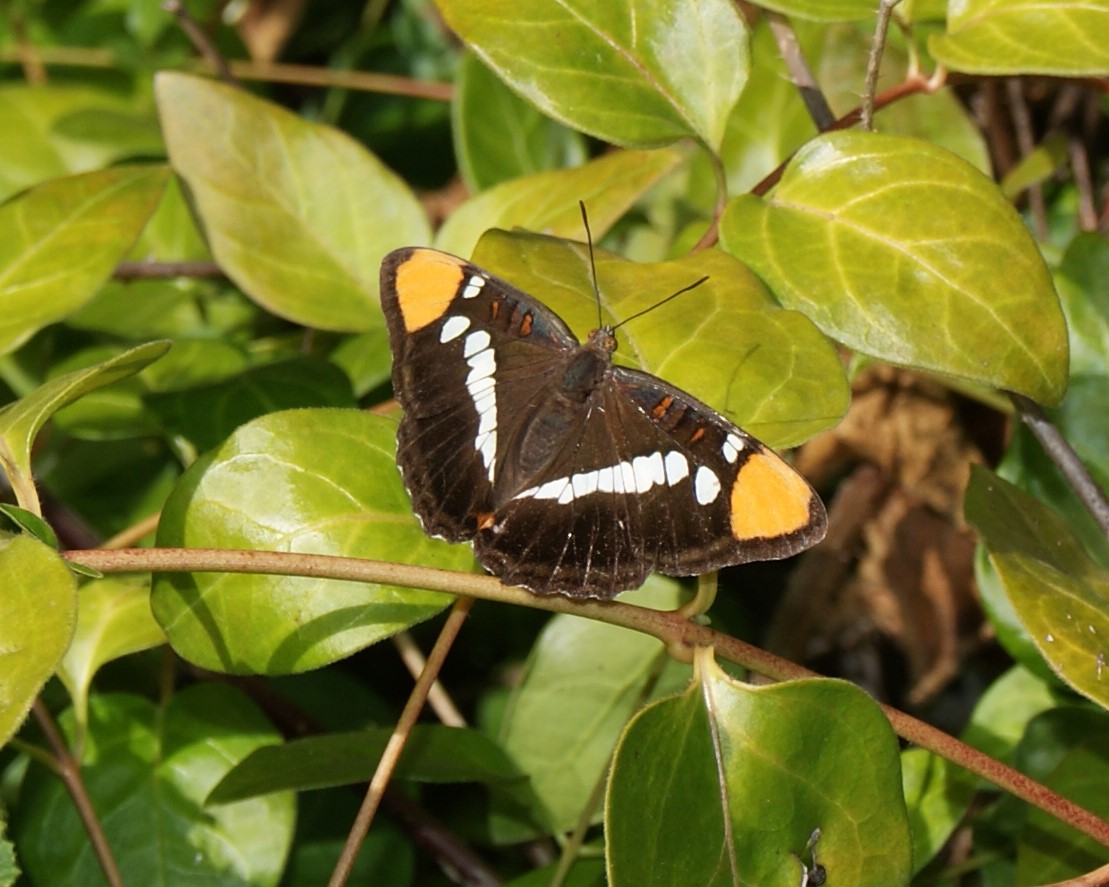
As the rainy season comes upon us, now is the perfect time to start planting native plants. California native plants are adapted to Mediterranean dry and wet seasons, so now is the perfect time to put them into the ground. That way, they can get well-established over the fall and winter and ready to bloom in the spring.
Why Plant Native Plants?
Other than simply being better adapted to local climates, native plants are also host to more types of wildlife than non-native plants. As Doug Tallamy (co-founder of Homegrown National Park and author of Nature’s Best Hope) puts it, nature is a series of specialized relationships.
Providing habitat for pollinators (bees, butterflies, moths, and other insects) in our yards, median strips, and other urban and suburban spaces is very important because we rely on pollinating insects for the majority of our food. Without pollinators, humans are in big trouble.
Relying on our parks to provide habitat for all of our wildlife doesn’t work either. Protected areas aren’t large enough. And, in some cases, they are too isolated from each other unless we connect them with habitat in human spaces that are in between.

Milkweed bugs (Oncopeltus fasciatus) and their larvae use a narrowleaf milkweed plant (Asclepias fascicularis) for food. Photo by Brad Heckman.
Many insects have evolved to have specific host plants that they rely on for food and reproduction, and in turn, these insects pollinate the plants. These insects will not recognize non-native plants—ginkgo trees host exactly zero insects in the United States; they are beautiful but ecologically useless here.
And without host plants, insect populations decline, and consequently, birds that rely on insects as their primary food source also decline. So, to help build more robust food systems for wildlife in our yards, some thought needs to be put into which plants we put in our gardens.
Check out Doug Tallamy’s inspiring presentation on native plants and wildlife at this year’s Bringing Back the Natives Garden Tour:
What Plants Are Native to Where I Live?
To find out which plants are native to your area, visit Calscape for a comprehensive list of California natives specific to your street address or zip code. Each plant listing describes how many species of butterflies and moths and which types of wildlife the plant supports, as well as how easy it is to grow, how much sun and space it needs, etc.
For example, California blue oak (Quercus douglasii) is confirmed to host 11 species and is likely to host 159 species of butterflies and moths. Silver lupine (Lupinus albifrons) is confirmed to host seven species and likely to host 49 species of butterflies and moths. Both also provide habitat to birds, and silver lupine also supports bees.

Silver lupine (Lupinus albifrons). Photo by Barney Howard.
(If you live outside of California, visit the National Wildlife Foundation’s Native Plant Finder.)
A Brief List of Genera to Consider
Consider these California native plants to jumpstart your search. You can use Calscape to narrow down which species is appropriate for your area.
- Oaks—Quercus species (Oaks are the most important genus of host plants! They support hundreds, if not thousands, of different species of wildlife. Even oak seedlings can be host to many different types of insects.)
- Manzanitas—Arctostaphylos species
- Lupines—Lupinus species
- California fuchsia—Epilobium canum
- Milkweed*—Asclepias species
- Sages—Salvia and Artemisia species
- Yarrow—Achillea and Eriophyllum species
- Buckwheat—Eriogonum species

California fuchsia (Epilobium canum) blooms last into late summer. Photo by Brad Heckman.
*Avoid planting tropical milkweed, as its presence causes disease and may disrupt monarch butterfly migration patterns. Learn more about the problems with tropical milkweed.
Where Can I Get These Plants?
Once you have your plant list, it’s time to get your plants. It is important to buy plants from pesticide-free nurseries, because the point of planting these plants is to attract more insects. The Xerces Society has a wonderful guide on buying bee (and other insect)-safe plants.

California sister (Adelpha californica) is one of the many insect species that rely on oaks as host plants. Photo by Bob Brittain.
In the East Bay, we recommend these native plant nurseries:
The Watershed Nursery, located in Richmond, California, offers plants specific to the area. They specialize in providing materials and services for restoration projects, using site-specific gene stocks to propagate plants specific to restoration sites.
The Native Here Nursery in Tilden Regional Park is only open on Saturdays, but their seeds are sourced from plants growing in regional parks in Contra Costa and Alameda counties.
Additional Native Plant Gardening Resources
Making a Difference
Even planting a small area of native plants can attract pollinators and other insects. Together, we can allow nature to thrive in human-dominated landscapes, one garden at a time.
Top photo by Scott Hein.

